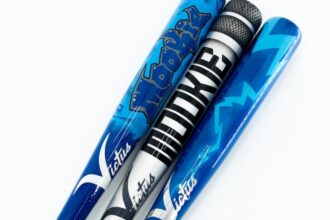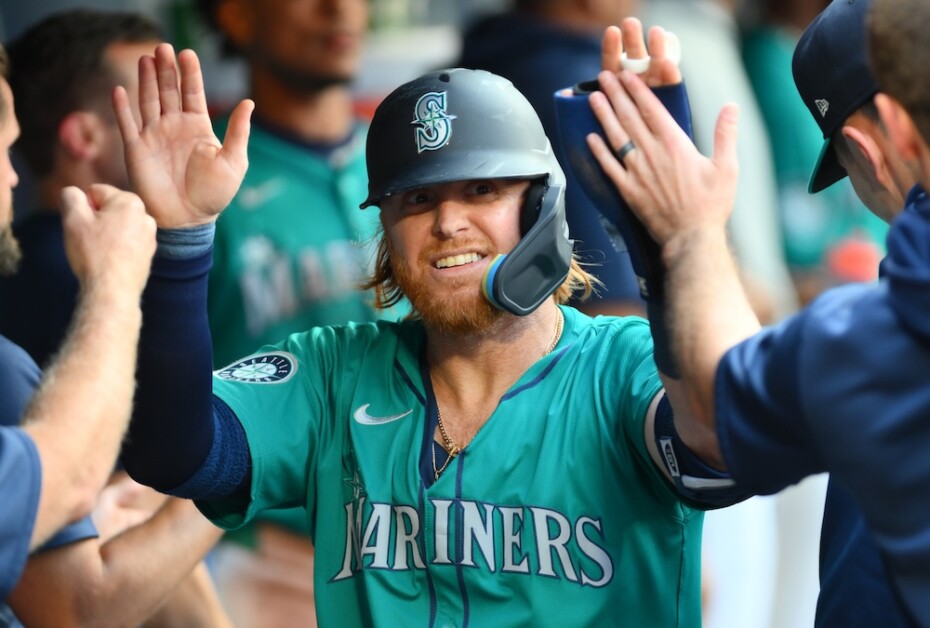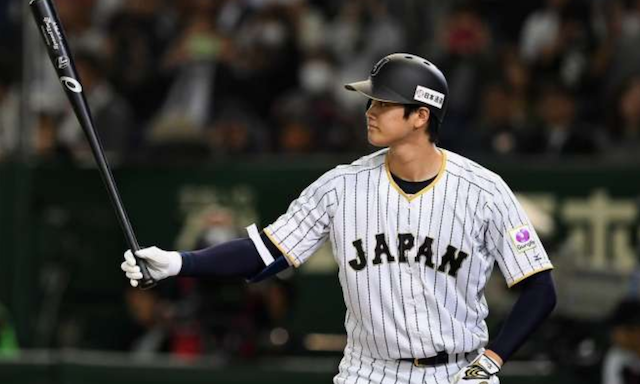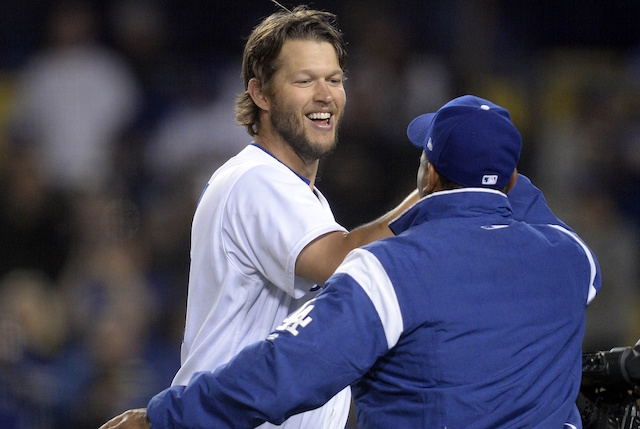For multiple years Los Angeles Dodgers fans were tantalized by a future that involved highly-touted prospect Joc Pederson manning center field. That became a reality in 2015, with Pederson beating out Andre Ethier in Spring Training for the starting job in center.
A known defensive stalwart, Pederson provided plenty of surprise by swinging a big bat. He was a regular toward the bottom half of then-Dodgers manager Don Mattingly’s lineup, before ultimately forcing Mattingly’s hand.
The 23-year-old rookie supplanted Jimmy Rollins as the club’s leadoff hitter and his success continued. However, Pederson then hit a wall and his offensive production plummeted.
Pederson identified lack of consistency as a reason he was unable to duplicate his first-half success, according to Cary Osborne of Dodger Insider:
“Hitting is a feel. It’s a real hard thing to do. You just have to be consistent and repeat what you’re doing. It doesn’t always happen,” Pederson said. “When you break it down (first half and second half), it’s not the same. My body position. Getting to an athletic hitting position is something I need to get better at.”
Mattingly remained steadfast in his support of Pederson, giving the young center fielder ample time to sort through his troubles before ultimately going with Kiké Hernandez.
While Pederson altered his batting stance late in the year, Mattingly pointed to the offseason as when significant changes and progress would be made. Pederson echoed a similar sentiment:
“When you’re inside the lines everyday during the season, it’s tough to identify certain situations that you have to work on. You just try to go out there and compete and help the team win,” he said. “I definitely went back (after the season ended) and watched some film, broke some stuff down on what I needed to do. When I get hitting, working on baseball, we’re going to identify it (more) and try to make things more consistent.”
Pederson’s meteoric rise to becoming a household name seemingly peaked through the first 89 games of the season. He hit .230/.364/.487 with 20 home runs, 40 RBIs, 58 walks, 107 strikeouts, a .366 wOBA and 137 wRC+.
The strikeouts were concerning, but Pederson was drawing walks and hitting well enough to offset them. However, that changed in the second half. After participating in his first Home Run Derby and All-Star Game, Pederson hit .178/.317/.300 over 62 games.
He hit six home runs over that stretch, collected 14 RBIs, drew 34 walks and had 63 strikeouts. Moreover, Pederson posted a .282 wOBA and 79 wRC+ in the second half.
What’s interesting to note is his walk and strikeout rates remained nearly identical prior to and after the All-Star break.
Pederson’s first-half walk rate was 15.8 percent and his strikeout rate was 29.2 percent. Those numbers were 15.5 percent and 28.8 percent, respectively, in the second half; his BABIP did drop from .282 to .232.
With his first full Major League season now behind him, Pederson should head into the 2016 season still as the Dodgers’ starting in center field. However, lingering struggles could result in Hernandez taking over much earlier than he did last season.








